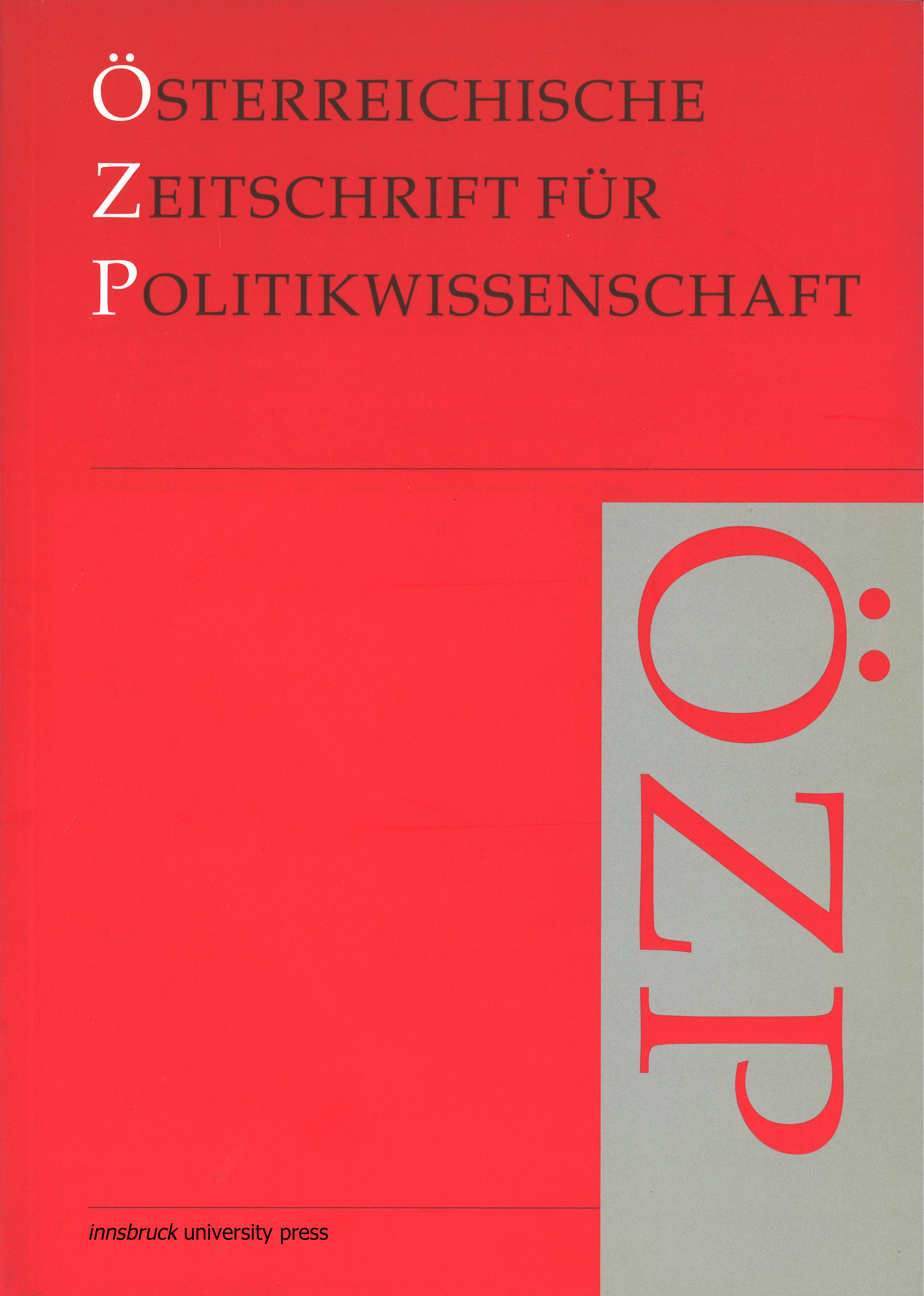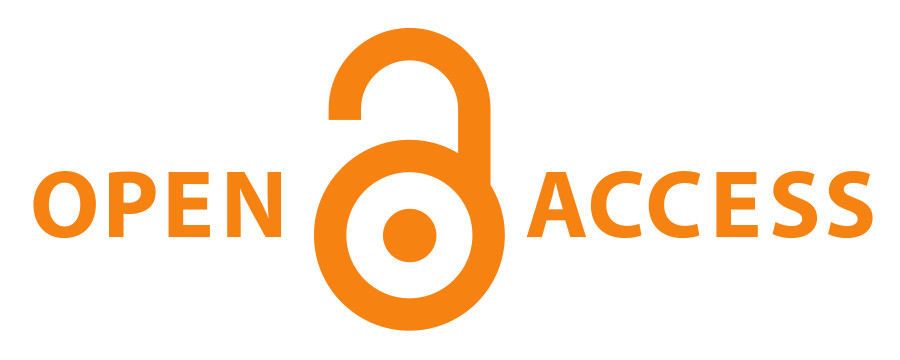Von der Sozialpartnergewerkschaft zur Bewegungsorganisation? Mitgliedergewinnungsstrategien österreichischer Gewerkschaften
DOI:
https://doi.org/10.15203/ozp.554.vol40iss4Keywords:
Gewerkschaften, Strategien der Mitgliedergewinnung, Baubranche, Sozialpartnerschaft, BewegungsgewerkschaftAbstract
Der sozioökonomische Struktur- und Wertewandel, massive Mitgliederverluste und seit der BAWAG-Krise auch Finanzprobleme stellen Gewerkschaften in Österreich vor spezifische Herausforderungen. Obwohl deren institutionelle Verankerung im nationalen soziopolitischen System weitgehend intakt ist, wird für österreichische Gewerkschaften eine zweifache Krise aus Mitglieder- und Finanzkrise konstatiert, die sich auch auf die Mitgliederstrategien auswirkt. In dem Aufsatz wird ein konzeptionelles Modell von zwei dominanten gewerkschaftlichen Identitäten – Sozialpartner- und Bewegungsgewerkschaft –, deren Machtpotenziale und strategische Optionen vorgeschlagen. Am Beispiel einer empirischen Studie zweier Gewerkschaften der Baubranche wird das Modell auf seine Plausibilität geprüft und erweitert. Die Befunde deuten auf keinen umfassenden strategischen Wandel, jedoch auf eine Öffnung zum Modell der Bewegungsgewerkschaft hin.
Downloads
Issue
Section
License
The OZP is the authorized quarterly publication of the Österreichische Gesellschaft für Politikwissenschaft (ÖGPW, Austrian Political Science Association)
The author of an article (in case of multiple authors: the corresponding author, responsible for releasing this material on behalf of any and all co-authors) accepted to be published in the OZP hereby acknowledges the following Copyright Notice:
- The author retains the copyright to the article.
- It is the responsibility of the author, not of the OZP, to obtain permission to use any previously published and/or copyrighted material.
- Publication of a submitted text is dependent on positive results from the peer reviewing. In such a case, the OZP editors have the right to publish the text.
- In case of publication, the article will be assigned a DOI (digital object identifier) number.
- The author agrees to abide by an open access Creative Commons Attribution (CC BY nc) license. The license permits any user to download, print out, extract, reuse, archive, and distribute the article in any non-commercial way, so long as appropriate credit is given to the author and source of the work.
- The license ensures that the author’s article will be available as widely as possible and that the article can be included in any scientific archive. In order to facilitate distribution, the author agrees that the article, once published, will be submitted to various abstracting, indexing and archiving services as selected by the OZP.
- In addition, the author is encouraged to self-archive the article, once published, with reference to the place of the first publication.
- After the contribution appears in the OZP, it is still possible to publish it elsewhere with reference to the place of the first publication.
- The finished article, if published, will include a correspondence address (both postal and email) of the author.
- If written under the auspices of a grant from one or more funding agencies, such as FWF (Austrian Science Fund), ERC (European Research Council), and Horizon 2020 (EU Framework Programme), an article accepted for publication has to be deposited in an Open Access archive. The OZP’s archiving policy is compliant with these provisions. (In case the article derives on funding from a different source, the author is responsible to check compliance of provisions.)




